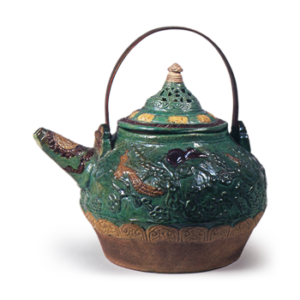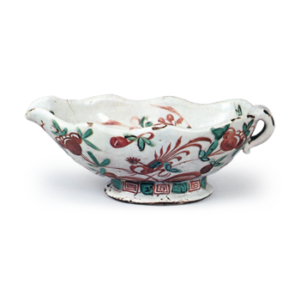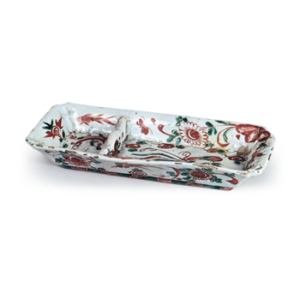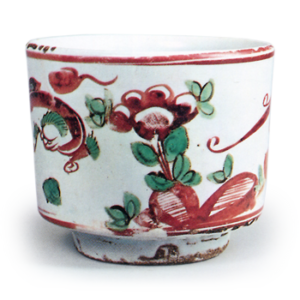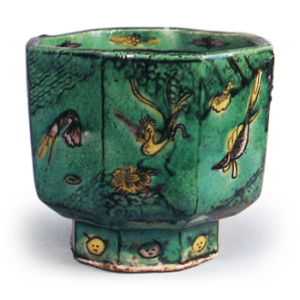Shunkei is the Buddhist name for Shirozaemon Kagemasa Kato, the founder of Owari Seto pottery, after he entered the priesthood in his later years. The tea caddy he made after shaving his hair has a very dignified appearance with a shoulder and glaze. This tea container is called Shunkei. However, even if the glaze is not from the Shunkei period, the tea caddies with glaze that are considered to be from the Shunkei period are also called Shunkei. The first Shunkei tea caddy is regarded as a masterpiece of the world with the hand of Asahi Shunkei. According to “Kokin Meibutsu Ruiju” (A Collection of Ancient and Modern Masterpieces), “Shunkei clay is yellowish black on both sides, with a rounded thread cut and thinly made in one piece. The types are as shown on the left. The types are as follows: Dai Shunkei (Asahi Shunkei is from this group), Asahi Shunkei (Chukoh name Yomogi), Shunkei Hyouzu (Chukoh name Hyouzu), Shunkei Kuchibyou (Chukoh name Shunkei Kuchibouzu), Shunkei Hinyaku Ichimei Hishunkei (Chukoh name Shunkei Hyouzu), Shunkei Jyuokuchi (Chukoh name Shunkei Juokuchi), and Shunkei Iibokei (Chukoh name Shunkei Rice Oke).
In addition, there is a Fujishiro Shunkei, and all of the various books are next in line to the Manchuko-gama. Should it be regarded as the work of Fujishiro II? The Hoshu-an Kiln Branch says, “This piece is similar to the earthen-root and yellowish-yellow Yaku Itokiri Shunkei and looks like a Sotai Shunkei, and the ground appears to be refined. Fujishiro Shunkei has many chukyo masterpieces. The following are some examples of Shunkei: Ken Shunkei, Iro Shunkei, Natsuyama Shunkei, Nyononte Shunkei, Seto Shunkei, and others. The later Shunkei are said to be from the Happugama period, and include Shoshin Shunkei, Sakai Shunkei, Kiya Shunkei, Yoshino Shunkei, Kinki-Shunkei, Ise-Te Shunkei, and others. Both follow the first Shunkei tea caddy.
